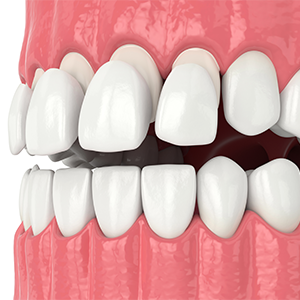
The journey to veneers begins with a consultation with a cosmetic dentist. During this initial visit, the dentist evaluates the patient's oral health, discusses their goals, and determines if veneers are a suitable option. X-rays and impressions may be taken to create a personalized treatment plan. One of the main concerns regarding the discomfort associated with veneers revolves around the tooth-shaving process. To prepare the teeth for veneer placement, a thin layer of enamel is removed. This step is essential for creating a smooth surface and ensuring the veneers adhere securely to the teeth. The tooth-shaving process is typically painless due to the administration of local anesthesia. The dentist numbs the area before removing a minimal amount of enamel, ensuring the patient is comfortable throughout the procedure. Following tooth preparation, impressions are taken to create custom veneers that perfectly fit the patient's teeth. Temporary veneers may be placed to protect the prepared teeth while the permanent ones are being fabricated in a dental laboratory. Once the custom veneers are ready, the patient returns for the placement procedure. The dentist carefully bonds the veneers to the prepared teeth using a dental adhesive. The fit, color, and overall appearance are meticulously assessed to ensure the desired aesthetic results. The veneer placement process is generally painless, as the teeth have already been prepared, and the dentist takes measures to ensure the patient's comfort. Patients may experience mild sensitivity as the anesthesia wears off, but this is temporary. The idea of shaving a layer of enamel from your teeth may sound daunting, but in reality, it is a minimally invasive and generally painless procedure. Enamel removal is kept to a minimum, ensuring the preservation of as much natural tooth structure as possible. The use of local anesthesia helps numb the area, making the process comfortable for the patient. The removal of veneers is a reversible process, but it may raise concerns about potential discomfort. When it comes to the removal of veneers, the process is typically straightforward and painless. The dentist carefully removes the veneers using specialized tools. The veneers are gently lifted off the teeth without causing harm to the underlying tooth structure. Patients may experience minimal discomfort, if any, during the veneer removal process. Local anesthesia is not typically required, as the removal is not as invasive as the initial tooth preparation. The veneer removal process aims to preserve the natural tooth structure. Any residual bonding material is carefully cleaned off, and the teeth are evaluated for their health and integrity. The process of getting veneers is generally associated with minimal discomfort. Tooth shaving, a necessary step for veneer placement, is a painless procedure due to the use of local anesthesia. The actual placement of veneers is also well-tolerated, and patients typically experience little to no pain during or after the procedure. Even when it comes to veneer removal, the process is designed to be gentle and minimally invasive. Patients can achieve a beautiful, natural-looking smile with the added benefit of preserving much of their natural tooth structure.
Procedure Involved in Veneering
1.Consultation and planning:
2.Tooth Shaving for Veneers:
Does Tooth Shaving hurt?
3.Impressions and Temporary Veneers:
4.Veneer Placement:
Does Veneer Placement Hurt:
Tooth shaving for Veneers: Necessary but Painless
Do Veneers Hurt When Removed?
1.Veneer Removal Procedure:
2.Minimal Discomfort:
3.Preservation of Tooth Structure:
Conclusion: A Beautiful Smile with Minimal Discomfort